Table of Contents
In the wake of Israel’s sweeping military campaign, Operation Rising Lion, the focus of global attention has shifted to one urgent question: how will Iran respond?
The operation involved over 200 Israeli fighter jets, a large number of drones, and precision-guided missiles, hitting more than 100 high-value targets across Iran. These included military command centers, nuclear facilities, and even the residences of prominent scientists and IRGC commanders. The sheer scale of this strike has left Iran with both the need and the pressure to respond, but the form and intensity of that retaliation remain uncertain.
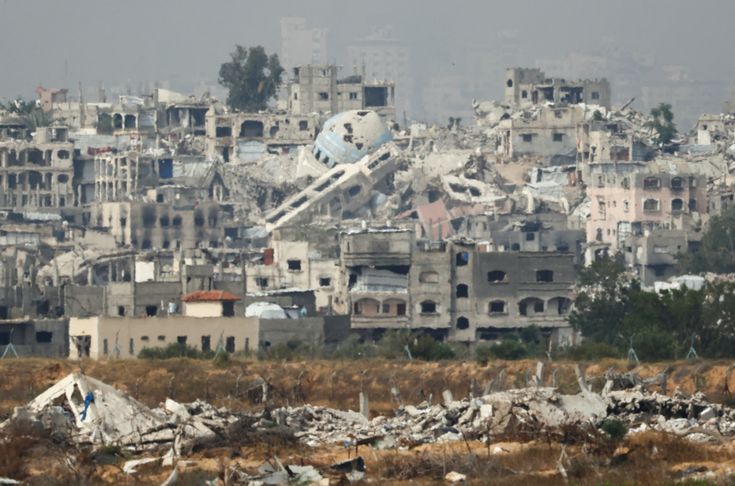
Understanding Iran’s Military Playbook
Historically, Iran has not relied solely on confrontation. Its responses are typically layered and strategic, involving a combination of
- Proxy warfare (via Hezbollah, Houthis, and Iraqi militias)
- Drone and missile salvos
- Cyber operations
- Maritime attacks, especially in the Strait of Hormuz
- Psychological warfare and public threats
But analysts suggest that this time, Iran may choose to retaliate using “firepower strikes”—a term referring to massed, precision attacks using ballistic missiles, cruise missiles, and drones, designed to overwhelm defenses and send a strategic message.
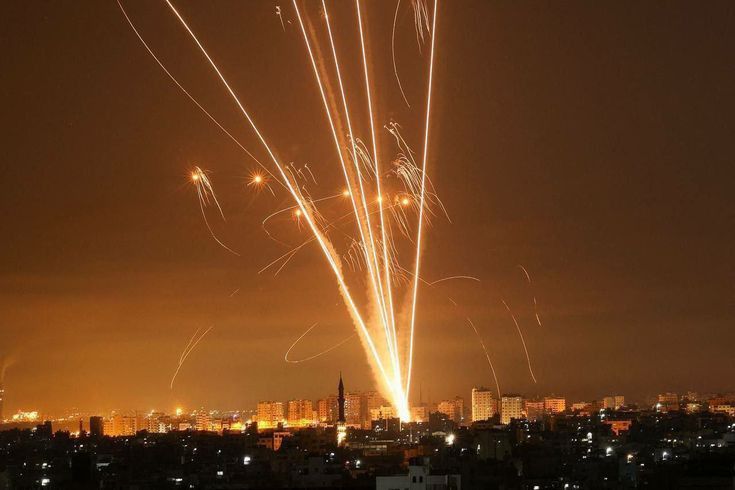
What Are Firepower Strikes?
Firepower strikes are coordinated, high-intensity attacks that use a mix of:
- Air-, sea-, and land-launched cruise missiles
- Ballistic missiles
- Attack drones (such as the Iranian-made Shahed series)
- Cyber operations and electronic warfare to blind or slow defenses
This concept is seen in Russian doctrine as “noncontact warfare,” aimed at disrupting critical infrastructure with minimal troop deployment. China’s PLA also integrates firepower strikes into its system warfare doctrine. Even the U.S. military is developing similar strategies under the umbrella of “convergence” and “pulse” warfare.
Iran has used this method before—and may now lean on it again.
Past Iranian Firepower Strikes: A Strategic Pattern
Iran’s past retaliations offer key insights:
1. Abqaiq-Khurais (2019)
- What Happened: Drones and missiles struck major oil processing plants in Saudi Arabia.
- Impact: Shut down 5.7 million barrels/day of oil production, causing global price spikes.
- Lesson: Cheap drones can be highly disruptive if defenses are unprepared.
2. Operation Martyr Soleimani (2020)
- What Happened: Over a dozen ballistic missiles targeted U.S. bases in Iraq.
- Impact: No deaths, but it was the first overt strike on U.S. military sites from Iranian territory.
- Lesson: Iran will target military bases when its leadership is directly threatened.
3. Operation True Promise (2024)
- What Happened: Following Israel’s strike on Iran’s Damascus embassy, Iran launched 170 drones, 30 cruise missiles, and 120 ballistic missiles.
- Impact: Most were intercepted thanks to U.S., Israeli, and allied air defense coordination.
- Lesson: Even large-scale salvos can be blunted by a robust, multi-layered defense.
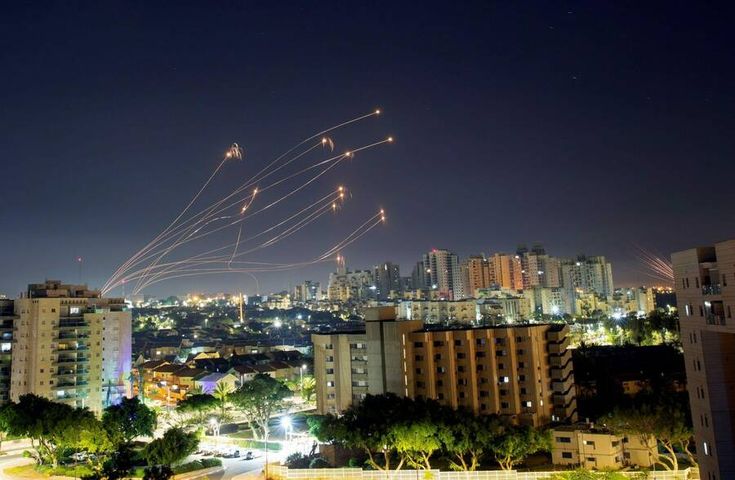
The Limits and Possibilities of Iran’s Arsenal
Despite an estimated 3,000 ballistic missiles, experts believe Iran can only field 1,000 deployable units after accounting for readiness, damage from Israeli strikes, and operational reserves.
Iran’s choices now include:
- Sustained low-scale attacks (difficult against Israel’s air defenses)
- One or two massive salvos (risky and resource-depleting)
- A hybrid approach, using proxies and cyberattacks to complement limited missile launches
The Shahed drones, widely used by Russia in Ukraine, offer an economical option for harassment attacks. Data shows Russia increased Shahed launches from 600 to over 5,000 in a 90-day period in 2024. Iran could adopt a similar pace, but Israel’s Iron Dome, Arrow, and David’s Sling systems are more robust than Ukrainian defenses, limiting effectiveness.
Lessons from Ukraine: Limits of the Drone Doctrine
Russia’s use of Iranian drones in Ukraine offers mixed lessons:
- Scale matters, but drones alone rarely overwhelm advanced air defenses.
- Cyber and EW (electronic warfare) support is essential to reduce interception.
- Longer flight distances, like those between Iran and Israel, give defenders more time to react.
Iran may test swarming drone raids, but the real impact will come from combinations: drones + cyber + cruise + ballistic missiles, all aimed at striking Israeli command centers, radar sites, or infrastructure.
Strategic Patience or Prolonged War?
Iran faces a difficult strategic choice:
- Retaliate quickly, risking a wider war
- Exercise “strategic patience,” waiting for an optimal moment or diplomatic leverage
- Launch calibrated, limited salvos, enough to satisfy domestic pressure but avoid direct war with the U.S. or Gulf States
With parts of Iran’s nuclear infrastructure intact and negotiations on the table, Tehran may wait, rebuild, and strike when least expected.
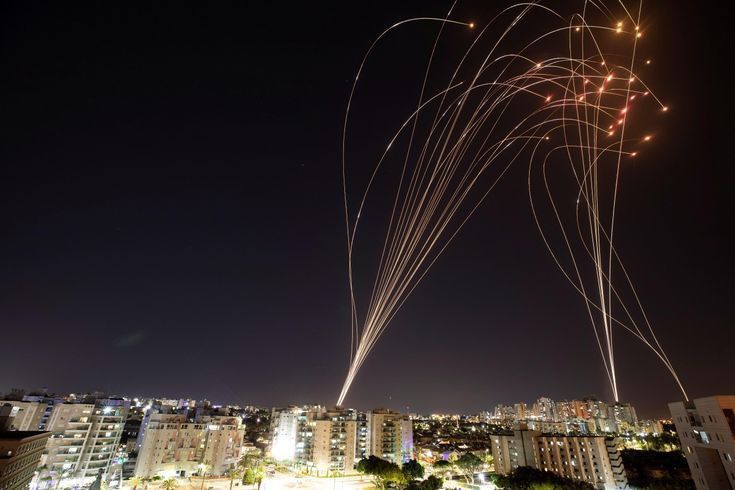
U.S. Dilemma: How Far Will Washington Go?
The United States now faces a strategic fork:
- Support Israeli air defense without provoking a wider war
- Push for diplomacy, risking perceptions of weakness
- Engage militarily, which could entangle U.S. forces across the Middle East
President Trump has publicly opposed a full-scale regional conflict but faces growing pressure to ensure Israeli security. Every additional shipment of U.S. weapons or air defense systems inches America closer to the front lines.
Final Thoughts: A New Era of Middle East Warfare?
As Iran weighs its next move, the world watches a dangerous chess game unfold. The logic of firepower strikes, first seen in Ukraine and now threatening to become the norm in the Middle East, reflects a new era of warfare—high-tech, long-range, multi-domain.
Whether Iran responds with overwhelming force or calculated restraint, the Middle East now stands at a volatile crossroads.
Stay tuned with WorldAffair.org for real-time analysis and updates on the world’s most critical flashpoints.
Author Profile

- Li Li, associate professor and master’s supervisor at Southwest University. B.A. in English for Education from Southwest Normal University, M.A. in English Translation and Interpretation from China Foreign Affairs University, Ph. D. in Japanese Cultural History from Nankai University (all above are in China). Also has studied at Osaka Sangyo University and Kokugakuin University in Japan and been a Fulbright visiting scholar to Western Kentucky University in US. A multidisciplinary and versatile instructor with a trilingual mastery of Chinese, English and Japanese, known for Combining foreign language teaching with history and humanity cultivation. Academic researches center on Japanese history, international relations and Western culture studies. Work experiences include teaching at Capital Normal University, Chongqing Normal University, and Southwest University. Has published multiple academic papers, translated works, authored or co-edited several textbooks and monographs; provided language services for several high-level and high-profile international events.
Latest entries
 GeopoliticsAugust 22, 2025The Limits of Russia’s Friendship: Moscow’s Calculated Response to the Iran Crisis
GeopoliticsAugust 22, 2025The Limits of Russia’s Friendship: Moscow’s Calculated Response to the Iran Crisis Japanese PoliticsJuly 22, 2025Japan’s Upper House Election: Prolonged Instability and Its Impact on Domestic and Foreign Policy
Japanese PoliticsJuly 22, 2025Japan’s Upper House Election: Prolonged Instability and Its Impact on Domestic and Foreign Policy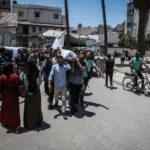 Middle East AffairsJuly 20, 2025Will Israel Ever Face Consequences for Bombing Its Neighbours?
Middle East AffairsJuly 20, 2025Will Israel Ever Face Consequences for Bombing Its Neighbours? Energy & ClimateJuly 13, 2025Iran Conflict: Four Lessons Learned for the Oil Market
Energy & ClimateJuly 13, 2025Iran Conflict: Four Lessons Learned for the Oil Market



1 comment
This analysis provides a comprehensive look at Iran’s strategic decisions and their potential implications for the region. It’s fascinating how historical patterns can shape current geopolitical choices. The mention of Russia’s use of Iranian drones in Ukraine adds another layer of complexity to the situation. President Trump’s balancing act between avoiding conflict and ensuring Israeli security is a delicate one. The Middle East’s volatility is undeniable, and Iran’s response could significantly alter the region’s dynamics. Do you think Iran’s calculated restraint would be more effective than overwhelming force in this scenario?
We have integrated libersave into our regional voucher system. It’s impressive how seamlessly it brings together various providers on a single platform.